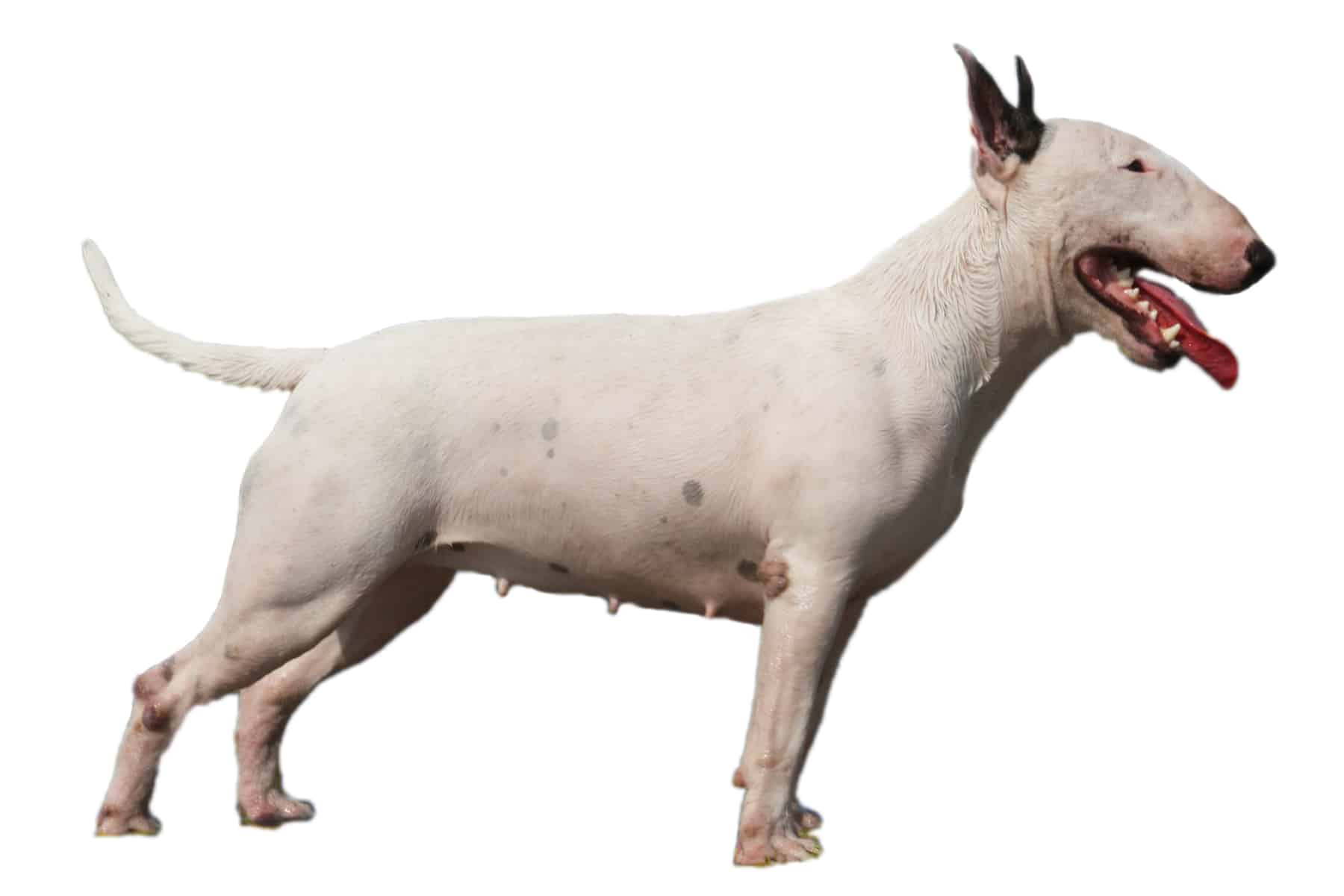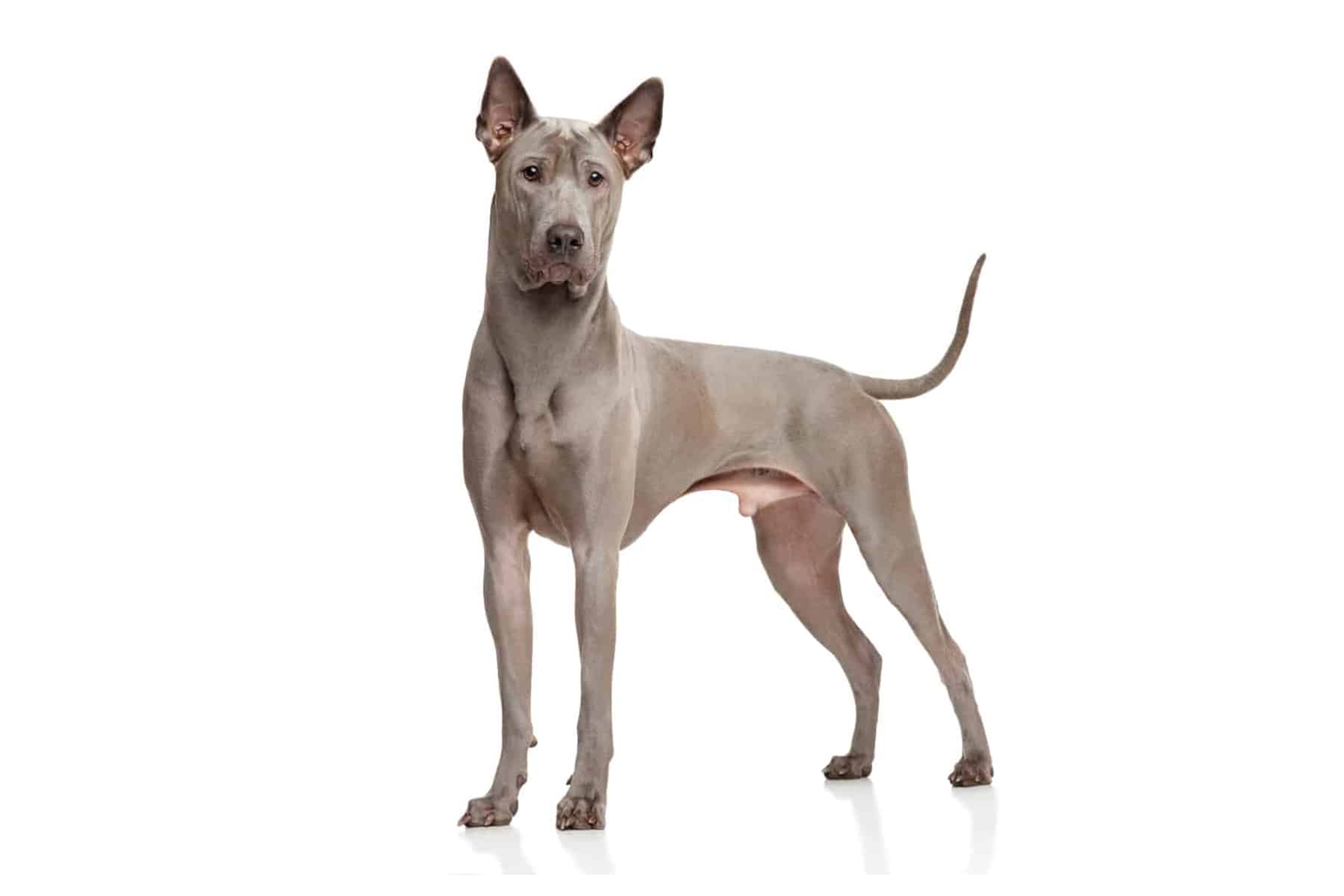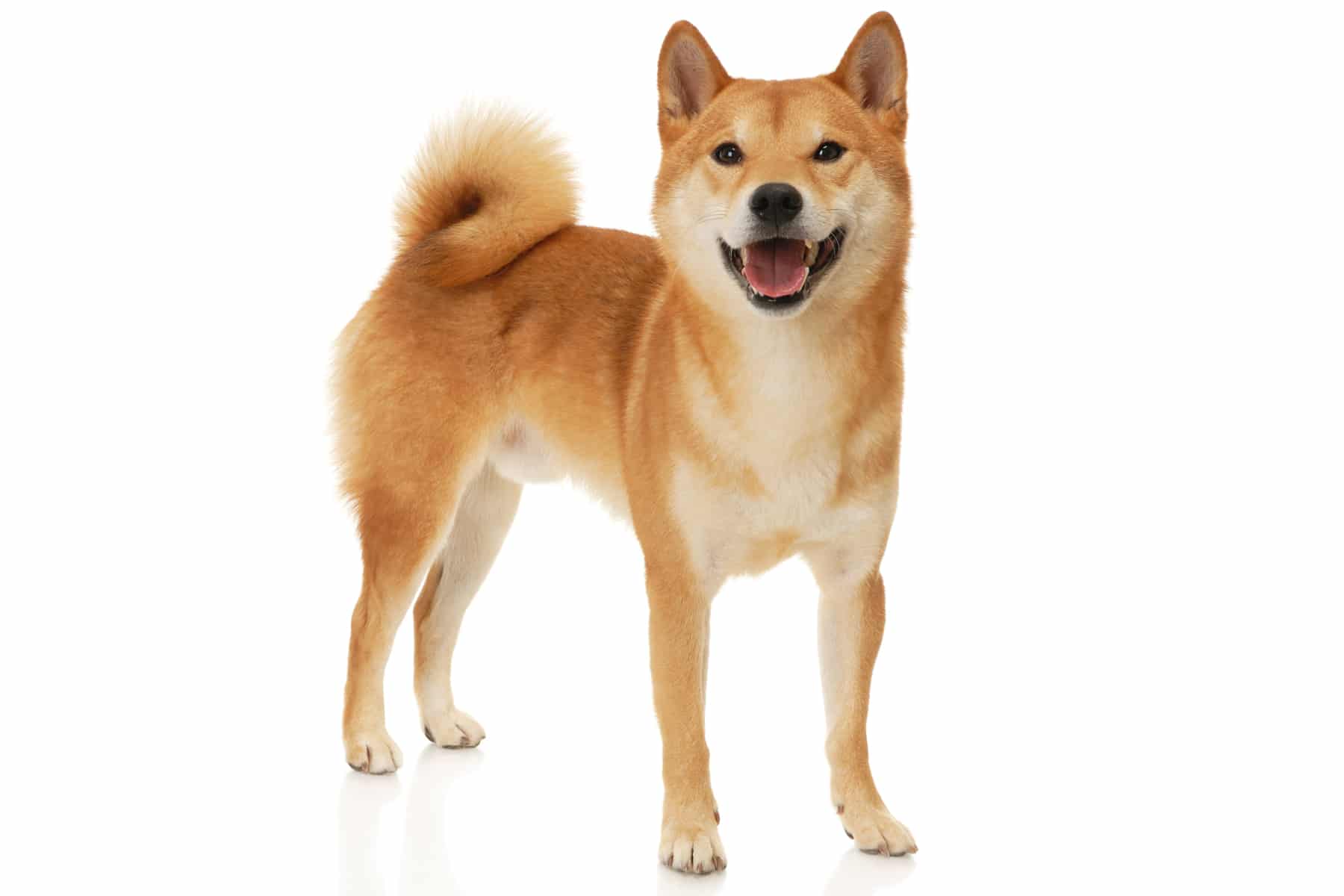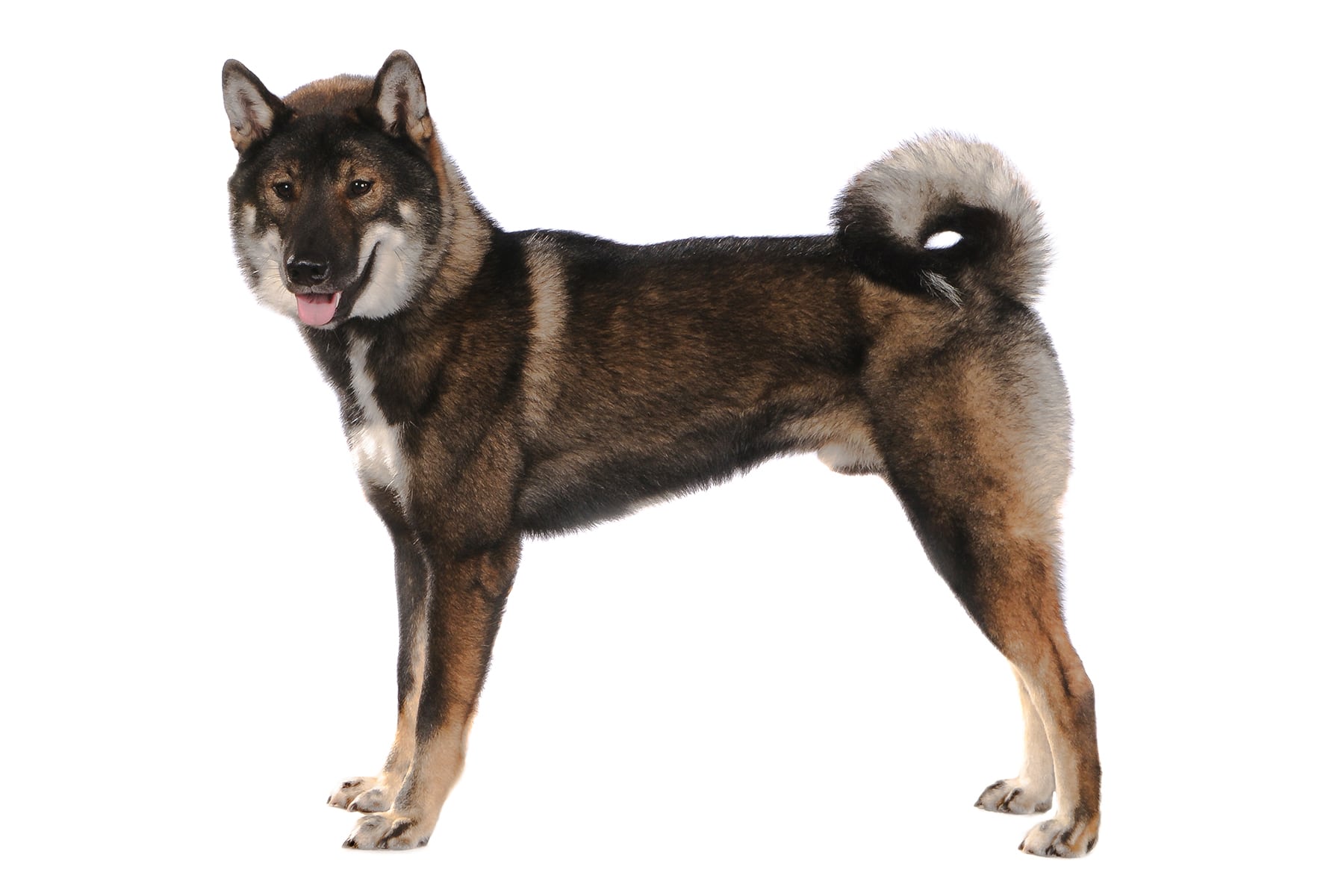Whippet
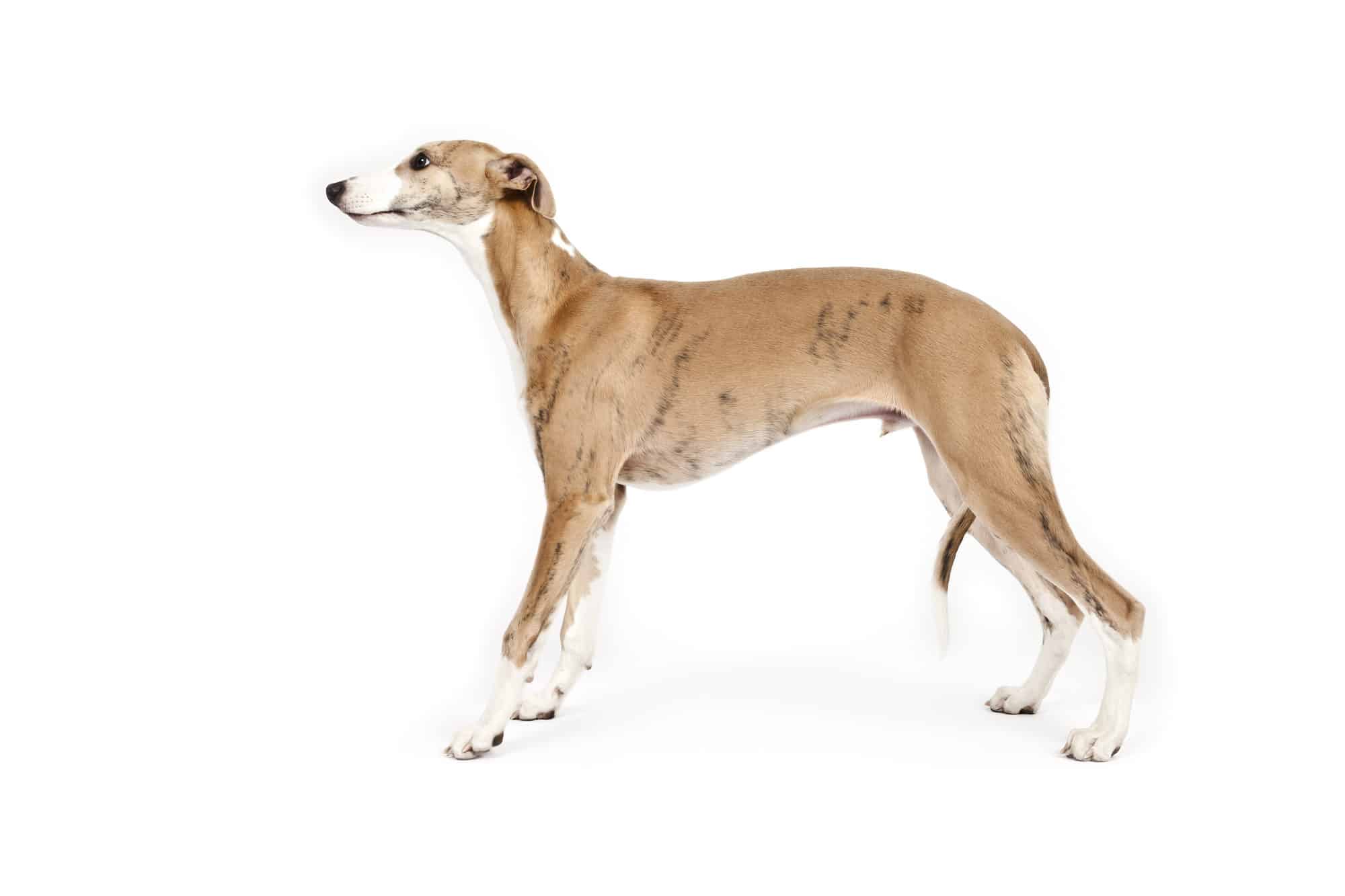

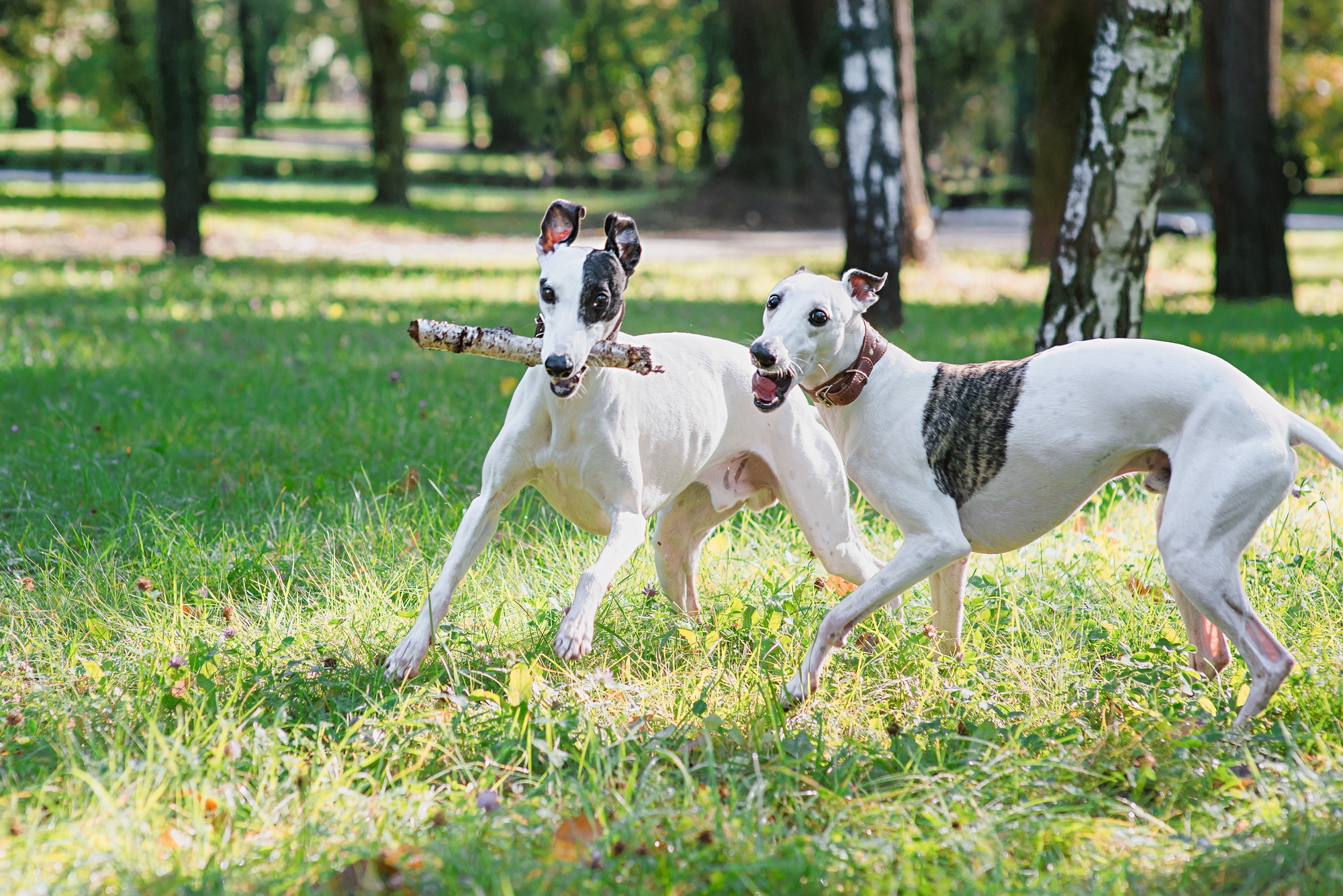
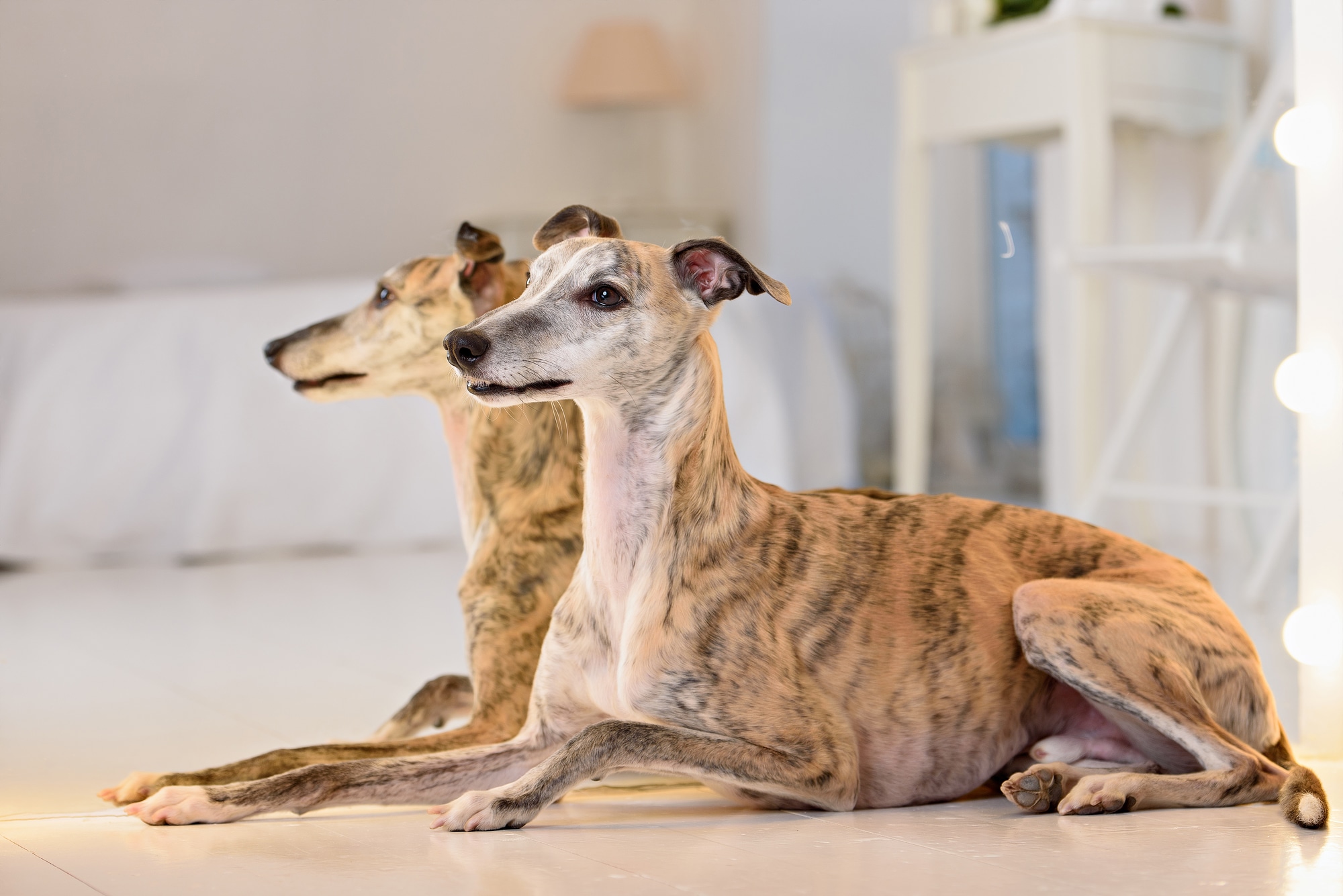
Temperament:
The Whippet is a sporty dog with a friendly, balanced and affectionate nature. He is a loyal companion and suitable for active families and singles. Both in a home environment and in a sporting environment he feels comfortable.
Characteristics
The dog breed of Whippets originally comes from England. It was recognized by the FCI and assigned to Group 10 Section 3, which classifies short-haired greyhounds.
Whippets are varied in the colors. Gray, black and beige-brown coat colors are common. The coat is shiny, short and close-fitting.
The Whippet is a loyal and exercise-loving dog. He is strong-willed and sensitive and he has a very social nature. Therefore, he is also an ideal family dog that is very adaptable. He is very agile and loves speed as well as running in the open air. As a small greyhound, he is one of the fastest dogs in the world, reaching up to 60km/h in sprint.
Although the Whippet is a good family dog due to its social and pleasant nature, it needs a lot of exercise. He also has some hunting instincts. He can get used to other pets, especially if he meets them when he is still a puppy. He gets along well with children.
He is quite an affectionate, balanced dog. He can be very cuddly if he is sufficiently challenged by enough exercise. To form his natural hunting instinct, you should start early with a targeted dog training.
Playful methods are ideal, which encourage his natural abilities and willingness to cooperate. A loving upbringing is important. The Whippet is a thoroughly sensitive dog that needs empathy.
The Whippet is very fixated on his master and loves to accompany him in all undertakings. His very active temperament he shows only when running outdoors, at home he is a quiet and sociable family member.
With its very slender, delicate figure, the Whippet appears almost frail in stature at first glance. However, he is a very robust, muscular dog, which has hardly any problems with genetic diseases. The pinched tail is conspicuous, which is not a sign of fear in the Whippet. It is organically caused by a particular slanting of the pelvis. The Whippet is also prone to a noticeable trembling when excited.
With a height of up to 51 cm, he belongs to the dogs of medium size. He has a fairly high life expectancy, which according to various studies is between 12 and 14 years. The adult dogs usually weigh from 10 to 15 kg.
Coat care:
Shedding:
Energy level:
Trainability:
Children suitable:
The right food
A balanced and high-quality diet is important for the Whippet. As a former prey eater, he needs a high percentage of meat in his diet. Meat must really be at the top of the menu, whether it is dry or wet food.
As a profiled carnivore, it has a relatively short digestive tract. This is geared towards the utilization of protein-rich, high-quality food.
You should refrain from feeding food containing cereals. If you feed the dog mainly dry food, you should make sure that the Whippet consumes enough liquid.
Puppies can be offered one meal up to four times a day. For adult dogs, two meals a day are sufficient. After feeding, the whippet needs time to rest.
You should be careful when changing food, as this can cause stress in the stomach. Whippets are sensitive and you should proceed gradually when changing food products. Ideally, you should first mix a new food product into the familiar food over a period of time. Then you can increase the amount daily.
For the amount of food you can rely on recommendations of manufacturers. Depending on the activity of the dog, you can of course adjust it. The Whippet is by nature a very muscular and low-fat dog. He has a very slim waist, which he should keep. A well adjusted and high quality diet will show in the dog's agility. A shiny, healthy coat is also a good indication.
Health & Care
Since the Whippet has a very short coat, it does not need extensive grooming. With an occasional brush massage you can brush out loose hairs and stimulate the blood circulation of the animal.
However, it is important to take care of the claws of the Whippet. In general, the claws of greyhounds often do not wear out sufficiently and therefore need to be trimmed more often. When trimming the claws, you should cut as close as possible to the "life" of the claw. However, this must never be injured. This is best done with special claw scissors. Wet paws also make the claw care easier, after a walk in the rain the procedure is particularly suitable.
You can start the dental care already with the puppy. Special dog toothpaste and brushes are available for this purpose. Special dry chews and special dental care snacks help to prevent tartar formation.
Since the Whippet has very little body fat, it is very sensitive to cold. Therefore, in bad weather conditions and in winter you need to protect the animal especially during outdoor activities. Here, special dog coats are definitely right.
Suitable accessories
In addition to dental care snacks, other treats are also available. You can use them in the sensitive education of the dog. The education of the Whippet should be spiced with a lot of praise and rewards. Treats should not have too many calories and you should use them wisely. This way you avoid too strong habituation effects.
Also important are the dog coats for the Whippet. Since this breed can not protect itself very well due to the little body fat, you should purchase dog coats in different designs if necessary. Depending on the temperature conditions, he can then wear lighter and thicker coats.
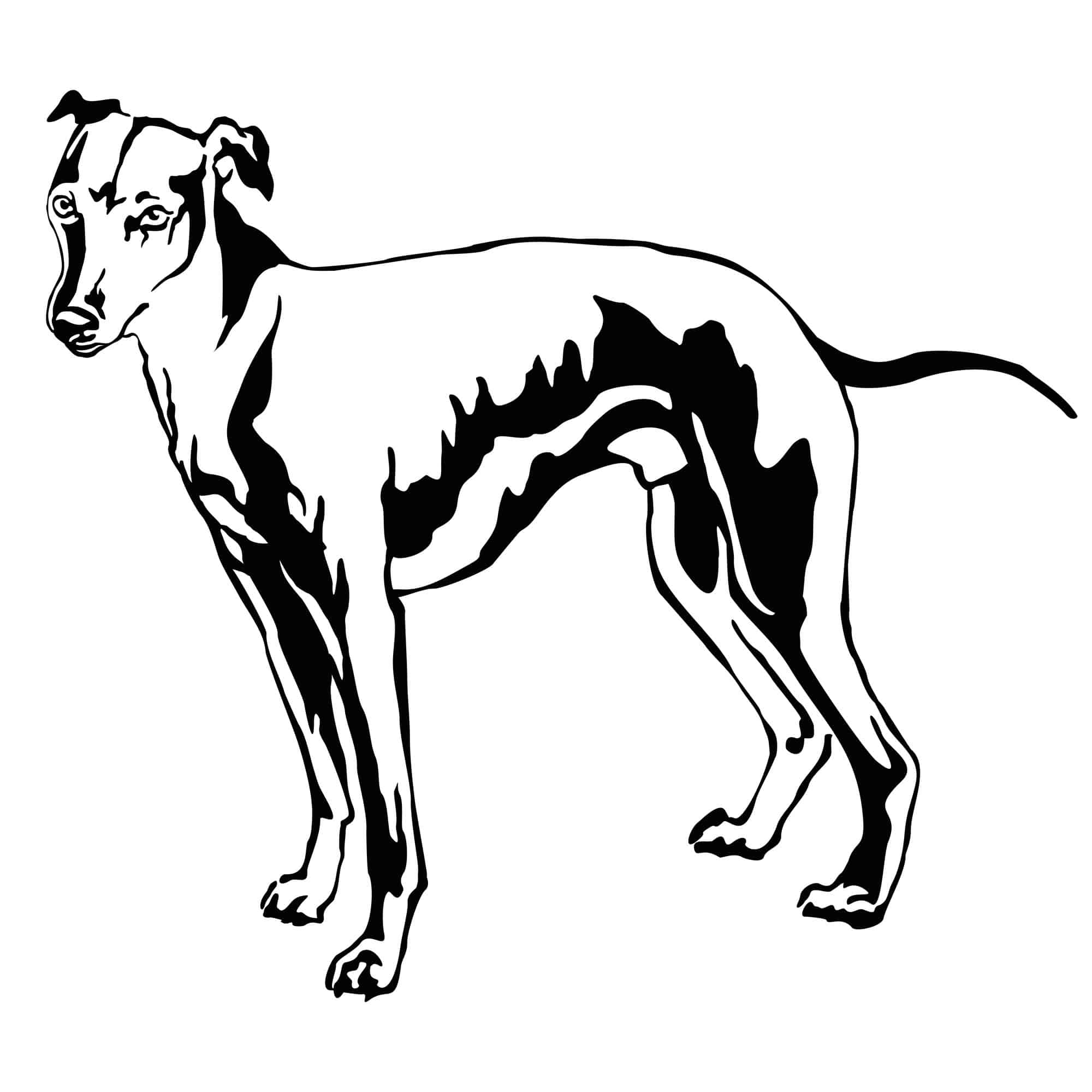
Origin & History
The Whippet originated in Great Britain and was used in the 19th century especially for hunting rabbits. The simple landed gentry and the middle hierarchies of the military have developed a professional breeding.
They also established the first breed standards. In the process, the Whippet was bred to be a powerful hunting dog with an elegant stature. The first standard dates from 1891 and still exists today with minor modifications.
Whippets were more popular for hunting at that time than their relatives, the Greyhounds. Their smaller size meant they were not as prone to injury. In addition, their care was cheaper and they were also cheaper to buy.
Since the beginning of the 20th century, the Whippet was also used in dog races. However, these whippet races never reached the fame and professional level of the well-known greyhound races. They were a betting sport of the lower classes. It was not until 1970 that the interest in the whippet races decreased significantly, as a betting tax was introduced in Great Britain.
Great Britain is still the main country of Whippet breeders today.
"Whippet" is a breed name formed from the English "whip" and "pet" (animal) and means approximately "whip dog". This is to be understood as an allusion to the strikingly long tail of the running animal.
